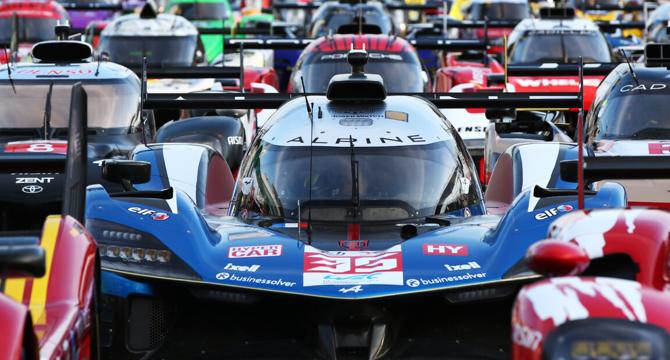Ars Technica
5d
163

Image Credit: Ars Technica
Fair or fixed? Why Le Mans is all about “balance of performance” now.
- The annual 24 Hours of Le Mans features 62 cars split into hypercars, LMP2s, and GT3 cars, creating a diverse field of racing.
- Hypercar class in Le Mans comprises both LMH (Le Mans Hypercar) and LMDh (Le Mans Daytona hybrid) cars, each built to different rulebooks.
- LMH prototypes can be hybrids or non-hybrids, with brands like Ferrari, Peugeot, and Toyota in the mix, while LMDh cars must be hybrids using specified components.
- Collaboration between IMSA and Le Mans organizers allowed for the convergence of LMH and LMDh cars to compete together in the same series.
- Balancing different car specifications is achieved through Balance of Performance (BoP), ensuring competitive racing among various car manufacturers.
- BoP limits downforce, drag, weight, power outputs, energy usage, and pit stop times, maintaining a level playing field for all competitors.
- The BoP system includes torque sensors at each axle to monitor power deployment, preventing any one car from gaining an unfair advantage.
- Teams' performance is continuously assessed through a rolling average of the last three races, adjusting BoP as needed for fairness.
- Despite some criticisms, BoP is essential in sports car racing to ensure an exciting and competitive race for all participants at Le Mans.
- The first qualifying session has already taken place, with 15 fastest Hypercars vying for the pole position in the upcoming race weekend.
Read Full Article
9 Likes
For uninterrupted reading, download the app